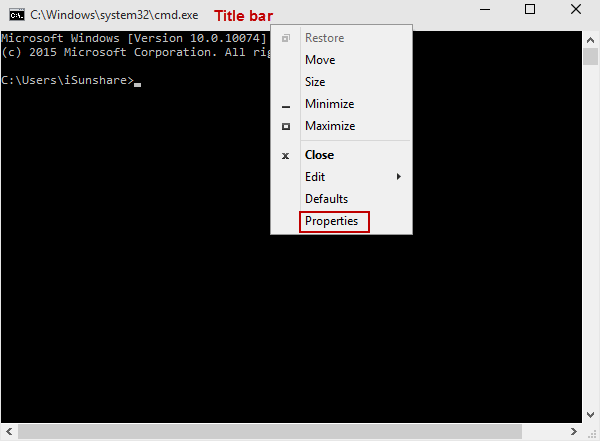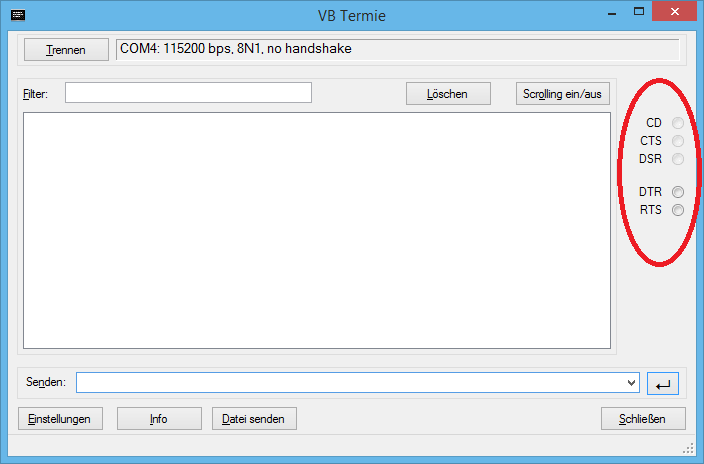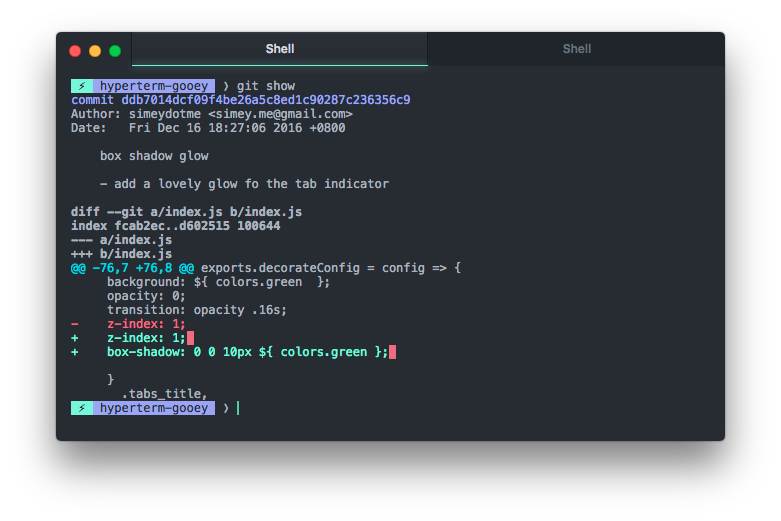

In the above case, the device returns that it is registred in the home network.Īfter verifying the network registration status, you can get the network information. – Verify that the bands supported by the device match the bands of the network provider – Verify that the antenna is properly connected on the device If you dont get “Registered” response for the AT+CGREG command, The device should usually find the nearest base station within few minutes (max 15min). If the regisration status is “Searching” or “Not Registered”, that means that the device is not able to acquire the signal from the base station. Then check the registration status of the device. The device above returns that the SIM is ready to use. If the SIM is not inserted properly or if the SIM card is locked, please correct those issues. Once the device us powered up, check whether SIM card is present. For incoming calls, it will monitor the device for “RING” command and alert the user. If so, it will send the necessary AT commands to initiate teh voice call. The AT Command Tool will first check whether the device is registered on the network. The tool provides easy to use interface to dial outgoing number and accept incoming calls. With Online AT Command Tester tool, you can test outgoing and incoming voice calls. It might be helpful if you told us the "VR" parameter value, as well as the value of "BD" before and after restoring module defaults.Īfter default parameters are restored to the modules you will hopefully be able to communicate with them via XCTU or hyperterminal and change any parameters you need to.Voice Call- AT commands to set up voice call If you are unable to complete all these steps please tell us exactly which step did not work correctly and what you saw in your hyperterminal window. This also should return an "OK" message.ĭisconnect module and repeat steps 1-6 for second module. Now type "ATWR" and press enter to save the new parameter values to non-volatile memory. While in command mode type "ATRE" and press enter to restore the module''''s default parameters.


If your module times out you will need to re-enter command mode by following either step 3 or 4. Note: If no "AT_" command is received for 20 seconds, the module times out of command mode. Also, type "ATVR" and press enter so you will know what version of firmware your modules have. Now that you are in command mode, type "ATBD" and press enter to know what your baud rate is. If you receive an "OK", you are in command mode. Hold in the configuration switch (on the opposite end of the board from the sliding switch) while pushing the sliding switch back up. Turn off the module by pushing the sliding switch down so that the red LED turns off. If you do not receive an "OK" for step 3, you must enter command mode a different way. If you receive an "OK" within about a second, you are in command mode and should skip step 4. In the hyperterminal window type "+++" quickly and look for an "OK" response. Data bits: 8 Parity: None Stop bits: 1 Flow control: None. Open a hyperterminal window with the following parameters: Baud rate: this should be the default value, which is the same as the over-the-air baud rate (i.e.
#Disable ctrl commands hyperterm software#
If you do not have an XIB-R interface board (with the blue dip switches) and you don''''t have the Digi X-CTU software the module can be restored using Windows HyperTerminal which is pre-installed on most computers by following these directions:Ĭonnect one of your radio modems to a PC Com Port and power it up so that the red LED is on. (Turn DIP switches 1 & 2 to the on positions and turn power off and on again, then restore the original DIP switch settings and the module is restored.)

The easiest way to do this is by using the XIB-R (XIBR) interface board or PKG-R (PKGR) product. If you are unable to communicate with a modem, it is a good idea to try restoring the module defaults.


 0 kommentar(er)
0 kommentar(er)
